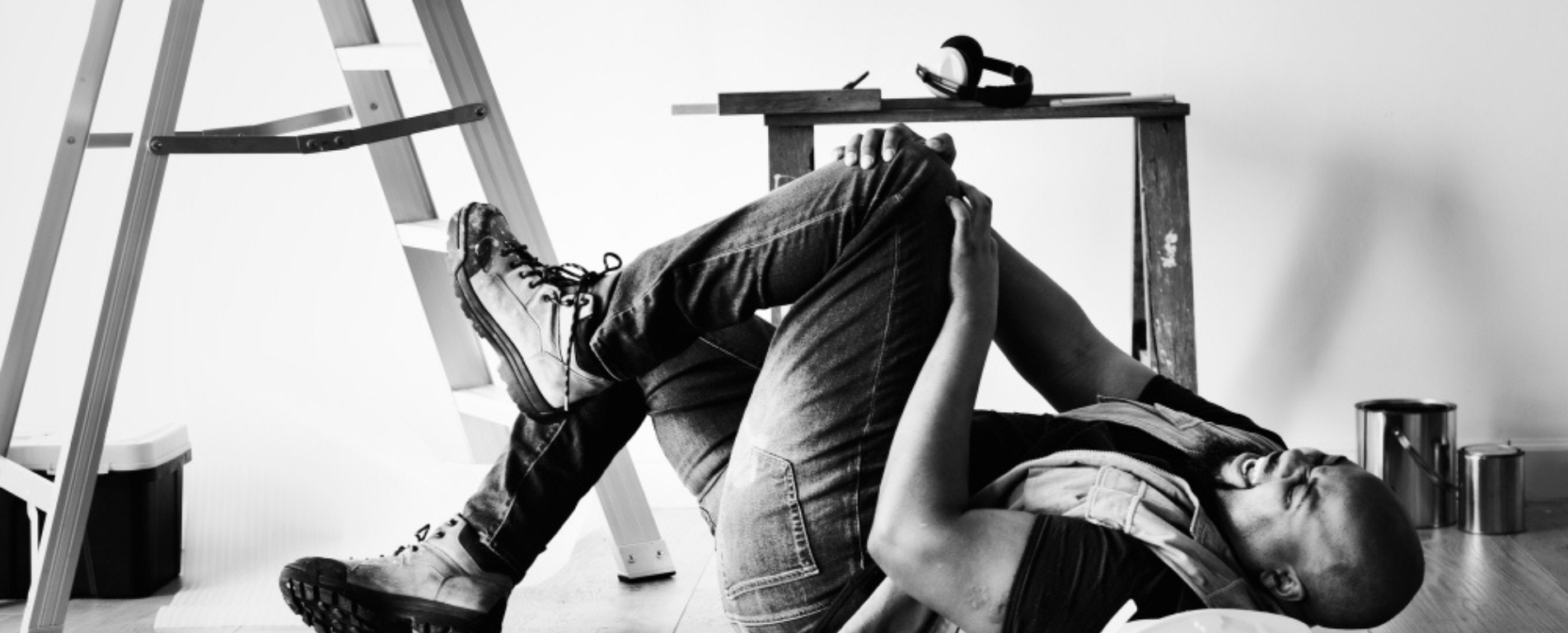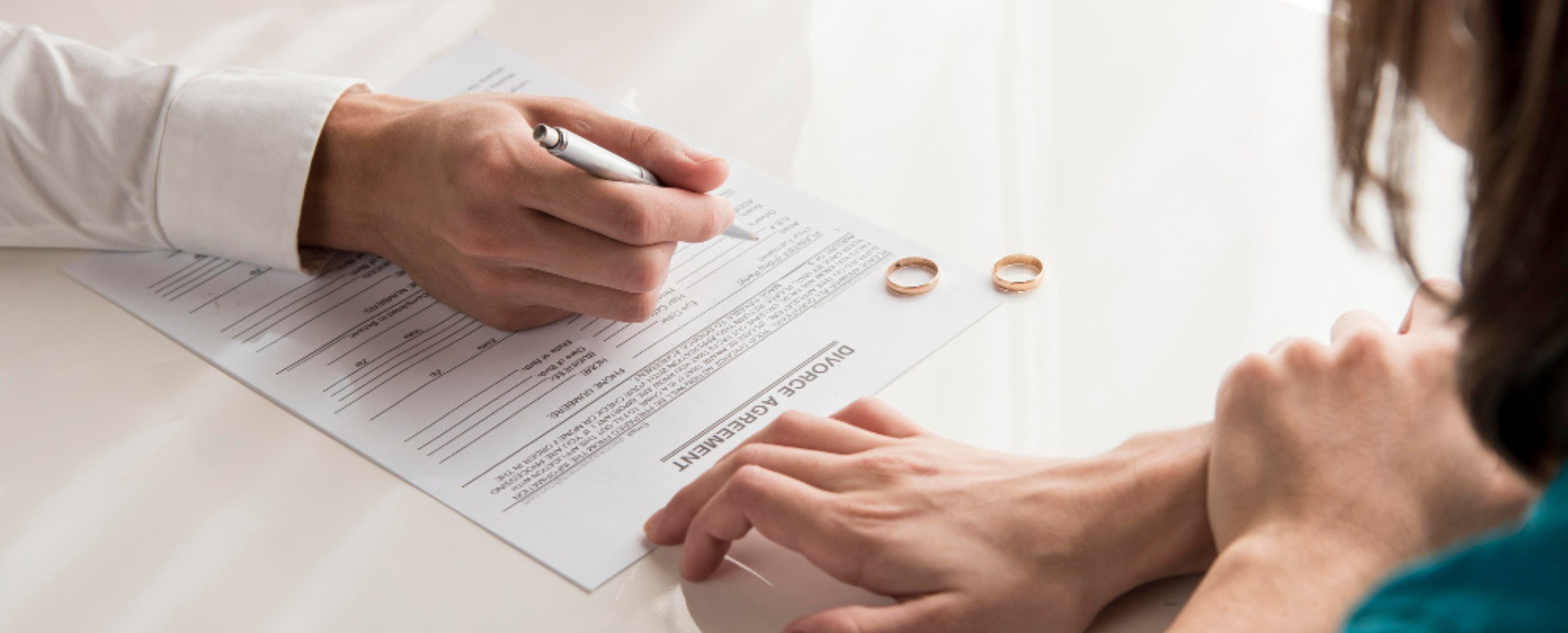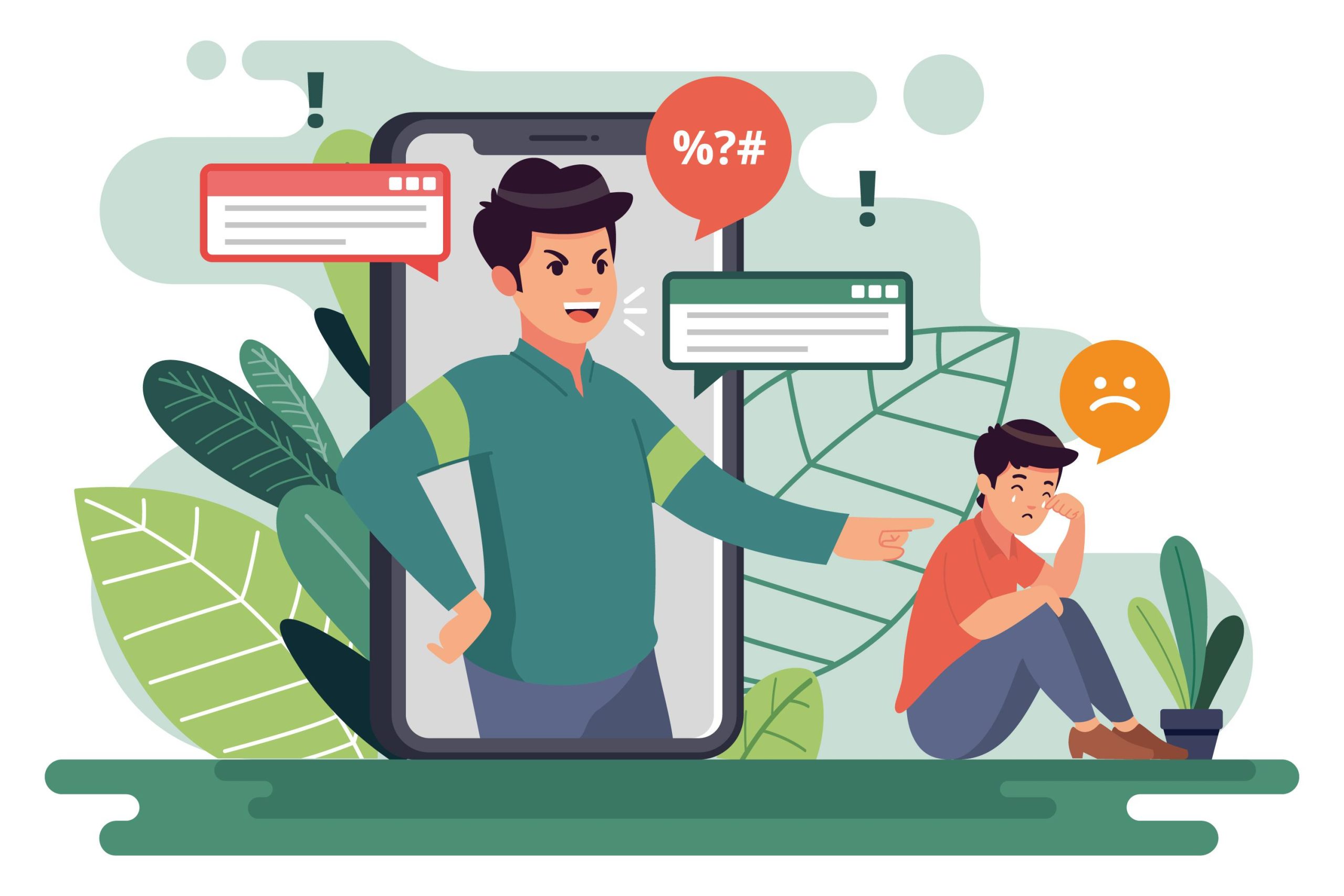One thing that is really important to remember in a slip and fall accident that occurs in New York City is figuring out fault.
In general, the property owner, manager, or even the city bureaucracy must be prepared to address personal injuries and potential claims that may arise.
However, I do agree that this statement is completely contingent upon the circumstances and manner of the occurrence.
In other instances, the actual victims of the incident might also bear as much blame as the responsible party, especially if they overlook posted warnings or act negligently.
Premises liability laws in New York oblige the possessors of real property, such as the landlords or even the store managers, to keep the property in such a condition that is safe for visitors.
If the dangerous situation is not fixed, the one in control of the place or object may be responsible for the money.
It is recommended that individuals who have suffered an injury due to a slip or trip in NYC should be in touch with a local slip and fall lawyer for legal help.
For proper filing of a lawsuit based on the issue of liability, ways of ownership, control, and prevention measures must be sought out and evaluated.
Know your next step if you’ve been hurt due to unsafe conditions. And what’s that?
Well, that’s exactly what I will be talking about in this blog. Therefore, if you want to know who is responsible for a slip and fall in NYC, you have come to the right place! So, keep reading this article till the end…
Determining Liability in Slip And Fall In NYC
Deciding who is financially responsible for a slip and fall accident in New York depends on where the incident happens and who maintained or controlled the property.
Now here’s what you need to know: Several parties may be involved. And yes, each has specific legal duties under state and city laws.
Property Owner Responsibilities
Property owners in New York have a legal duty of care to ensure their premises are reasonably safe. They must regularly inspect for dangerous and defective conditions.
These include:
- Wet floors.
- Broken steps.
- Poorly lit hallways.
Additionally, they should also fix any issues within a reasonable timeframe.
If someone is injured due to a hazardous situation, the owner may be financially liable under New York premises liability law.
Owners of residential buildings, businesses, and even landlords are required to keep walkways, lobbies, and public spaces clear of obstacles.
In situations where a tenant or property manager controls maintenance, responsibility may be shared or transferred.
Furthermore, clear documentation and maintenance records can play a crucial role when determining fault.
City and Municipal Liability
Incidents on public property, such as sidewalks, parks, or government buildings, fall under distinct legal standards.
The City of New York can only be held financially answerable for trip and fall accidents if it received written notice of the dangerous condition at least 15 days before the injury occurred.
Victims must follow special procedures and strict filing deadlines. Claims against the city or any municipal agency require filing a Notice of Claim, often within 90 days.
Public sidewalk accidents—like those caused by icy patches or defective pavement—may sometimes be the city’s responsibility or, under specific laws, shifted to adjacent property owners.
Knowing the location and maintenance history determines if municipal accountability applies.
Victim’s Role and Comparative Negligence
New York follows a pure comparative negligence rule, meaning anyone injured can recover compensation even if partially at fault. The financial recovery is reduced by the injured person’s percentage of blame.
For example:
- If a person ignores clear warning signs or enters a restricted area, they might share fault.
- Walking while distracted (such as using a phone) could decrease potential compensation.
Courts and insurers will review behavior at the time of the slip and fall accident. Steps such as documenting the environment or lack of warnings may affect how much responsibility is assigned to each side.
Third-Party and Special Circumstances
Sometimes liability lies with a party besides the owner or the city. For instance, you can hold the following people accountable if their negligence contributed to hazardous conditions:
- Building maintenance companies.
- Cleaning contractors.
- Tenants.
Special cases include incidents involving inadequate security, which may lead to assault or injury due to third-party actions. If the property owner failed to address known security risks, financial liability might result.
Statutes apply differently outside New York City, such as in Westchester County, so local laws may influence outcomes.
Other important things that can affect who has to pay damages after a slip and fall accident include:
- Time limits.
- Notice requirements.
- Insurance policies.
Legal Process and Compensation After a Slip And Fall In NYC
Slip and fall accidents often result in unexpected injuries and costs. Understanding how financial recovery works and the steps to follow can make a major difference in the outcome of a slip-and-fall claim.
Evaluating Damages and Losses
Determining the full scope of losses is necessary to seek fair compensation. Injuries like neck injuries or broken bones often lead to substantial medical bills, possible surgeries, and costs associated with physical therapy.
Victims should create a record of medical expenses, prescription costs, and any ongoing treatments required. Consider not only emergency care but follow-up visits and rehabilitation as well.
Other damages may include lost wages due to missed work or reduced ability to earn. Pain and suffering, while harder to calculate, can also be claimed under certain circumstances. Documenting daily pain or limitations can support claims for non-economic losses.
Filing a Personal Injury Claim in New York City
In New York, there are certain steps to follow after a slip-and-fall. First, it’s important to file an accident report with the property owner, business, or local authorities. Prompt documentation helps preserve the facts and is needed for an insurance claim.
Personal injury attorneys often advise seeking medical attention right away to link injuries to the incident.
New York law generally provides a limited period—usually three years—for taking legal steps after a slip and fall.
A personal injury lawyer can advise on deadlines, gather records like medical reports and witness statements, and communicate with insurance companies.
Property owners and their insurers have legal duties under premises liability law, so legal consultation can help establish responsibility.
Your Legal Guide: How to Maximize Your Financial Compensation After a Slip And Fall In NYC?
In conclusion, in order to get compensation for slip and fall injuries, it is essential to clearly present the evidence that the accident was caused by someone’s negligence, of injuries, and of the things lost.
The claim gets a lot of power through the use of the photographs of the scene, getting the records of repair or inspection, and the statements of the eyewitnesses.
A personal injury attorney can negotiate with the insurance company on request for a friendly settlement. In case of no agreement, the lawyer can help with the matter.
Not only medical costs but possible losses of salaries, the agony of the injury, and also physical ones if any are advised to be included so that there is nothing left out of the whole list of the recoverable damages
The chances of being awarded the right amount of relief money are increased by experienced personal injury attorneys, who have already dealt with many similarly aggravated cases before.
Read Also:
















